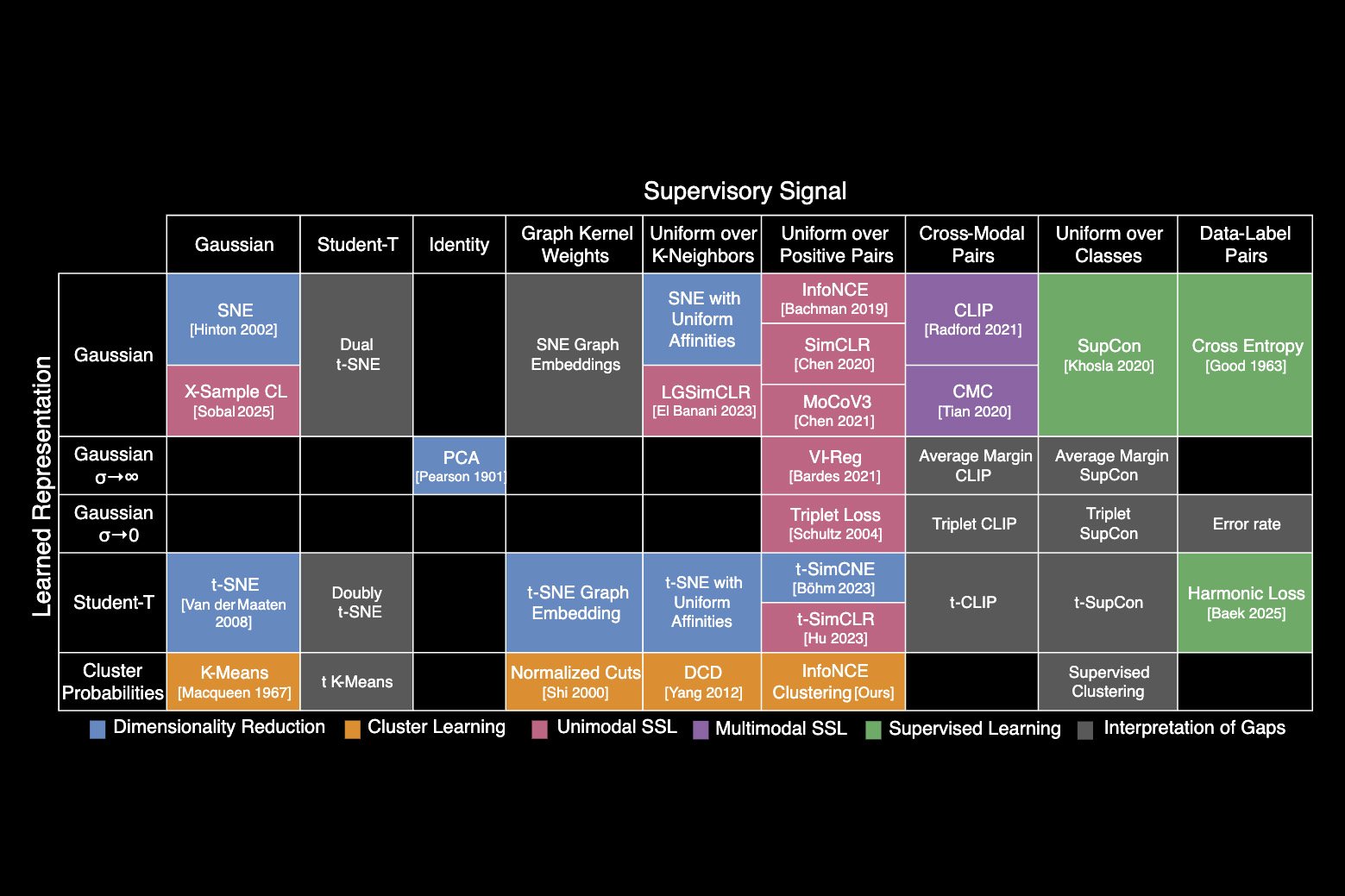Introduction to Machine Learning
Machine learning is a type of artificial intelligence that enables computers to learn and improve their performance on a task without being explicitly programmed. Researchers at MIT have created a periodic table that shows how more than 20 classical machine-learning algorithms are connected. This new framework sheds light on how scientists could fuse strategies from different methods to improve existing AI models or come up with new ones.
The Periodic Table of Machine Learning
The periodic table stems from one key idea: All these algorithms learn a specific kind of relationship between data points. While each algorithm may accomplish that in a slightly different way, the core mathematics behind each approach is the same. Building on these insights, the researchers identified a unifying equation that underlies many classical AI algorithms. They used that equation to reframe popular methods and arrange them into a table, categorizing each based on the approximate relationships it learns.
How it Works
The equation describes how such algorithms find connections between real data points and then approximate those connections internally. Each algorithm aims to minimize the amount of deviation between the connections it learns to approximate and the real connections in its training data. The researchers decided to organize the table to categorize algorithms based on how points are connected in real datasets and the primary ways algorithms can approximate those connections.
Creating the Periodic Table
The researchers didn’t set out to create a periodic table of machine learning. After studying clustering, a machine-learning technique that classifies images by learning to organize similar images into nearby clusters, they realized that the clustering algorithm was similar to another classical machine-learning algorithm, called contrastive learning. They began digging deeper into the mathematics and found that these two disparate algorithms could be reframed using the same underlying equation.
A Tool for Discovery
As they arranged the table, the researchers began to see gaps where algorithms could exist, but which hadn’t been invented yet. The researchers filled in one gap by borrowing ideas from a machine-learning technique called contrastive learning and applying them to image clustering. This resulted in a new algorithm that could classify unlabeled images 8 percent better than another state-of-the-art approach.
Applications and Future Directions
The flexible periodic table allows researchers to add new rows and columns to represent additional types of datapoint connections. Ultimately, having this guide could help machine learning scientists think outside the box, encouraging them to combine ideas in ways they wouldn’t necessarily have thought of otherwise. The researchers hope that this framework will inspire others to apply a similar approach to other domains of machine learning.
Conclusion
The creation of the periodic table of machine learning is a significant breakthrough in the field of artificial intelligence. By providing a unified framework for understanding the relationships between different algorithms, it has the potential to accelerate the development of new machine learning models and improve the performance of existing ones. As the field of machine learning continues to evolve, the periodic table is likely to play an increasingly important role in shaping its future.
FAQs
- Q: What is the periodic table of machine learning?
A: The periodic table of machine learning is a framework that shows how more than 20 classical machine-learning algorithms are connected. - Q: How does the periodic table work?
A: The periodic table is based on a unifying equation that underlies many classical AI algorithms, which describes how algorithms find connections between real data points and then approximate those connections internally. - Q: What are the potential applications of the periodic table?
A: The periodic table has the potential to accelerate the development of new machine learning models and improve the performance of existing ones by providing a unified framework for understanding the relationships between different algorithms. - Q: Who created the periodic table of machine learning?
A: The periodic table of machine learning was created by researchers at MIT, including Shaden Alshammari, John Hershey, Axel Feldmann, William Freeman, and Mark Hamilton.











